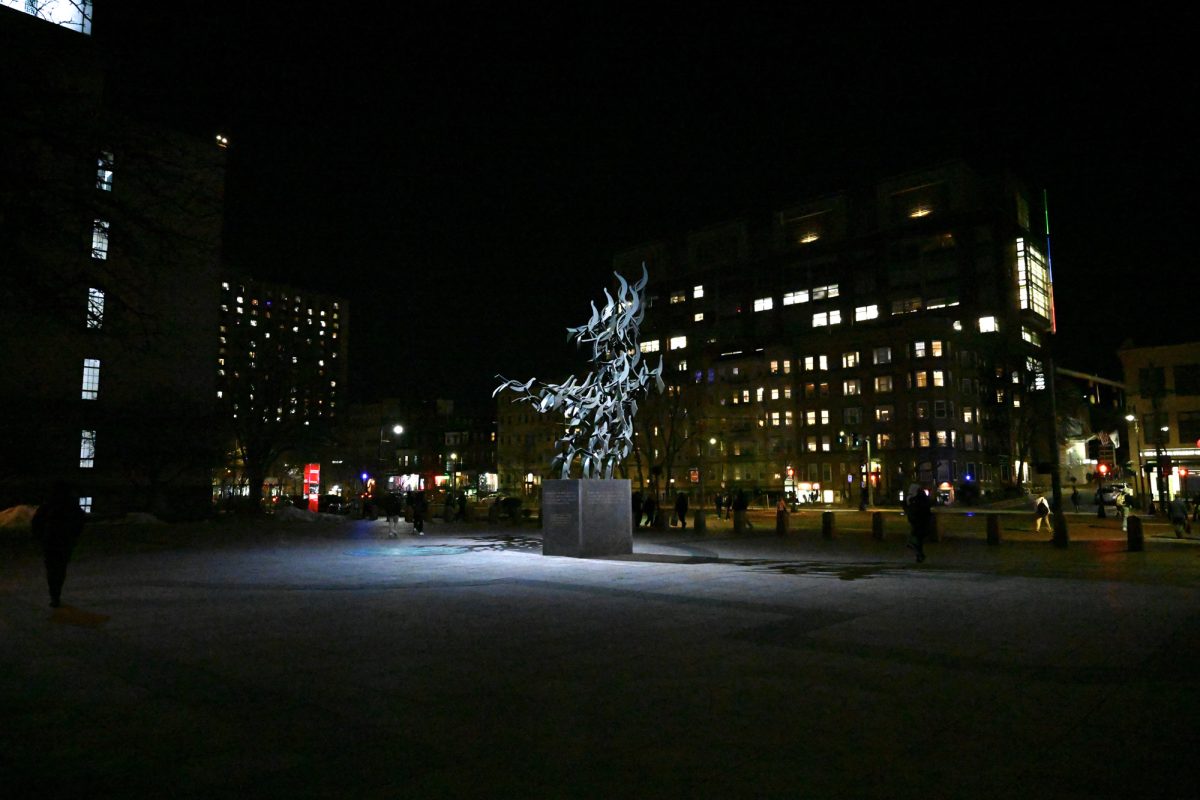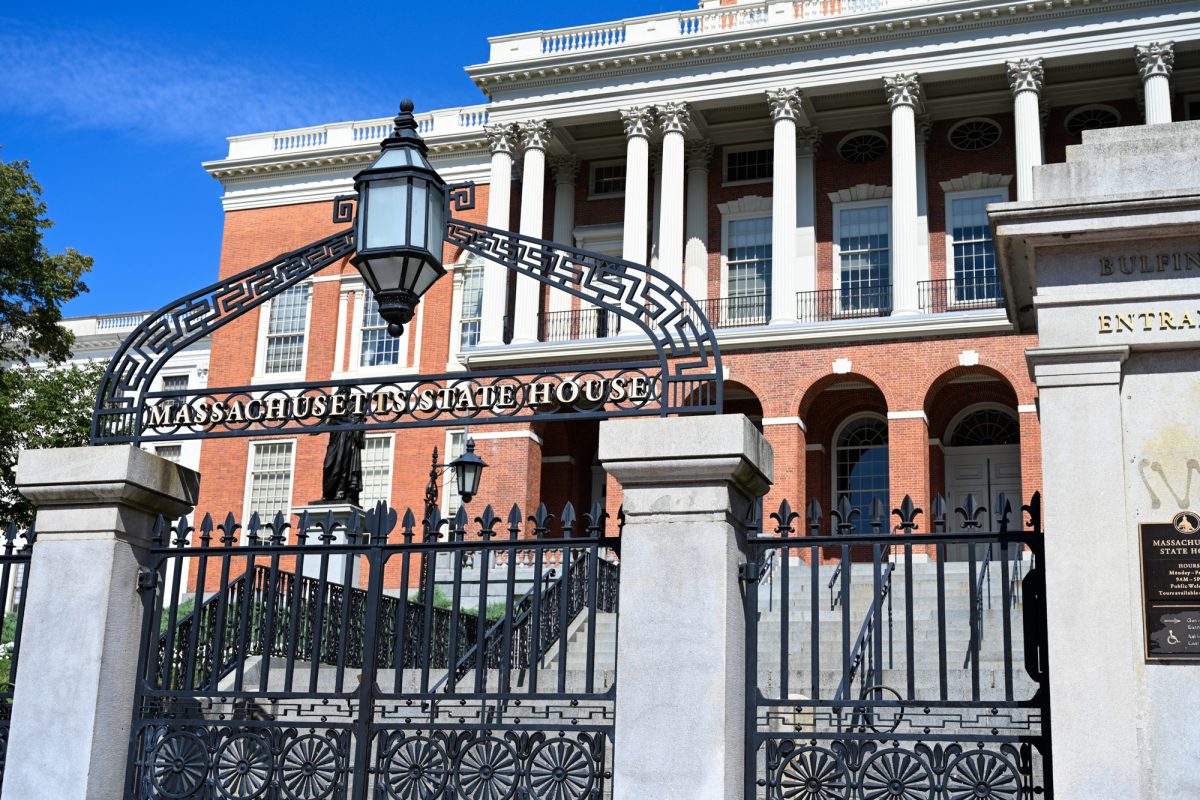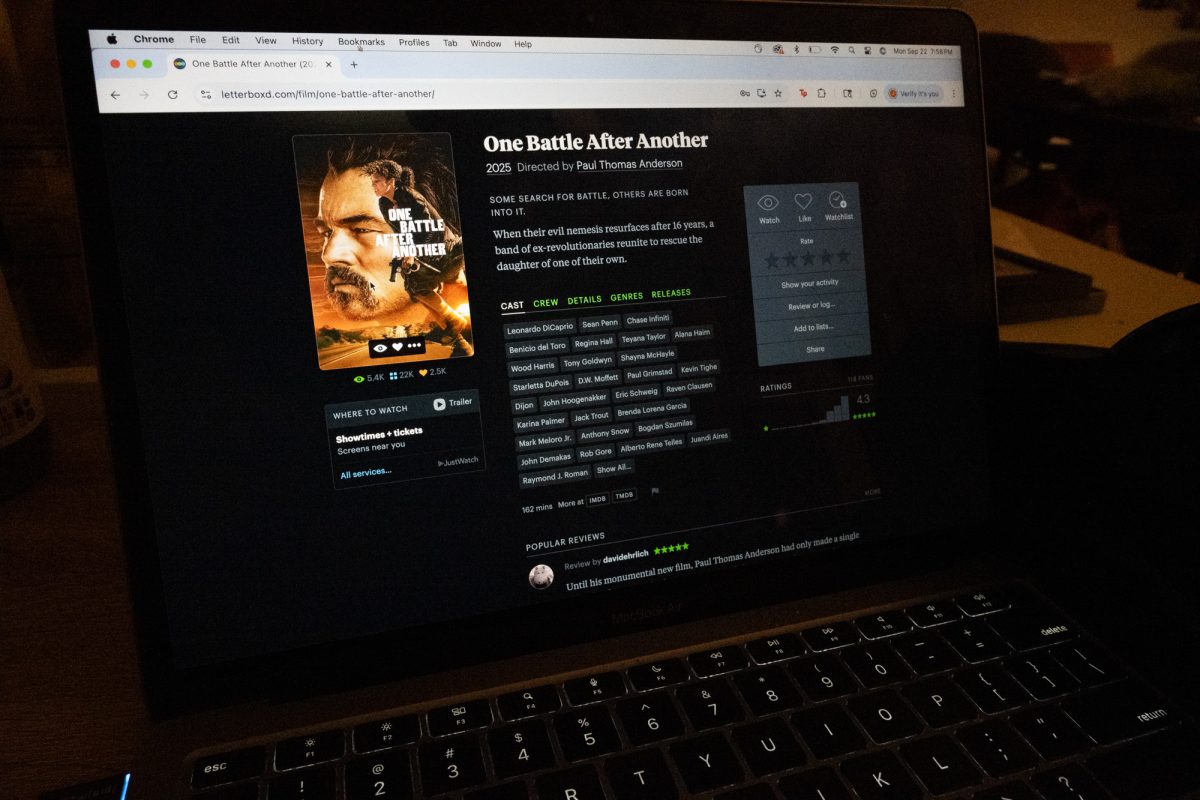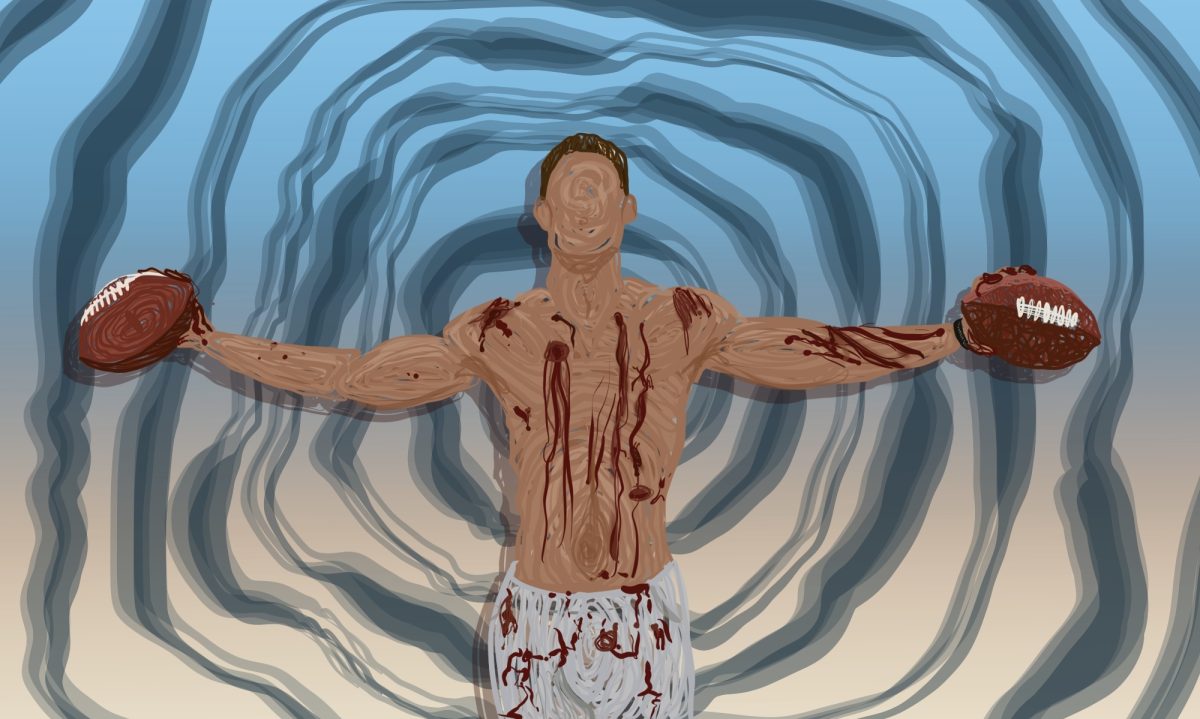By Bryan Sih
I’ve been growing increasingly alarmed when my peers explain a movie they want to shoot, and they say “I want everything to be handheld.” My first response is always, “Why?” to which they respond with something to the effect of, “I want a documentary look,” “I want the film to feel indie,” etc.
But what it really sounds like is a sorry excuse to point-and-shoot footage, to be lazy in controlling what is in the frame, and to neglect a film language that has been developed by a long line of filmmakers.
Film has long been experiencing a surge of documentary-style aesthetics, namely, a shaky camera that is usually handheld and makes little to no effort in framing the shot or utilizing mise en scène. The effect – in theory – is to immerse the viewer in the now-ness and reality of the film while simultaneously reminding them that there is a camera present, a documenting device. Essentially, the audience views events that could have happened, or seem to have happened.
But is this the correct aesthetic for fictional/narrative films?
Such documentary aesthetic often arises from a tight budget and on-the-fly shooting style that the French New Wave and Dogma 95 movements found useful. Why should film – an art – be an expensive, calculating endeavor? Why is it necessary to have a soundstage and a thousand lighting fixtures? Film should feel spontaneous, unrehearsed, sporadic, as is life. Undoubtedly, the founding of a quicker albeit rougher shooting style arose from good intention.
But its recent surge is misled. The Bourne series has been guilty of this and even Transformers and countless other big-budget movies utilize a shaky camera even when they have the budget for more sophisticated shooting styles.
Indeed, the shaky camera is doing more harm than good. Film is a visual medium, first and foremost. With this visual language comes a way to tell stories and convey emotion through performance. The shaky camera detracts from both the storytelling and the performance. Film doesn’t have the privilege of lengthy description that literature has; the visual discrepancies of a shot cue the audience to these details in immediate fashion. For example, if I wanted to show a character’s tranquil personality, I might shoot him or her against a curtain blowing in the breeze. In literature, an author may describe the curtain to show how the external environment reflects the character’s inner environment. But with shaky camera styles, these things can be easily missed or simply aren’t present.
Everything and nothing is important as the camera constantly changes its framing.
Something is lost in doing this, mainly mise en scène and visual clues, aspects of film that can enhance the narrative or artistic quality of the film.
If an author were to write a scene from The Bourne Ultimatum it would read something like, “a foot pressing on a pedal. A face. A car wheel spinning. A city street with a fast car on it. Another fast car on another city street.” Notice how time and space is distorted, undefined or non-existent. While shaky camera-work and quick cuts that capture “the essence of the scene” seem at first to be a more realistic, it is actually more disorienting. These techniques pull the viewer out of the scene, mainly because time and space are fluid and undefined. Reality is compromised and we are forced to make sense of a very artificial visual world.
Others may argue that the shaky camera is less intrusive, less selective and allows the audience to pick what they find significant instead of an omnipresent director calling all the shots. But shouldn’t the director have control over his art if he wishes to convey something? The director should possess a steady gaze for the public, and therefore, a steady camera. But I would even contend that the viewer isn’t moved emotionally due to the shooting style – documentary or more traditional, it doesn’t matter. Instead, they are moved by the story, the acting, the visual imagery. When the camera hinders understanding or distracts the viewer (What was that character holding? It wasn’t framed properly so I missed it. Was the character nervous? I couldn’t tell from the brief flash I saw of him) the film loses its emotional energy. The shaky camera aesthetic is guilty of these issues, and therefore seems to result in a stunted emotional experience.
Any director who values the film they’re making and the emotions they’re capturing should use a shaky camera only when appropriate, and there are very few times when this is truly appropriate. When I watch a film, I gaze at the screen. I don’t spin my head around in an attempt to make myself nauseous. I wish more films would take that into consideration.


























































































































DKH • Jun 12, 2012 at 10:20 am
I agree. My only comment is that the literary equivalent would be more like:
“A FOOT PRESSING ON A PEDAL!!! A FACE. A CAR WHEEL SPINNING!!! A CITY STREET WITH A FAST CAR!!! ON IT!!! ANOTHER FAST CAR ON ANOTHER CITY STREET!!!”
Image an entire book like that.